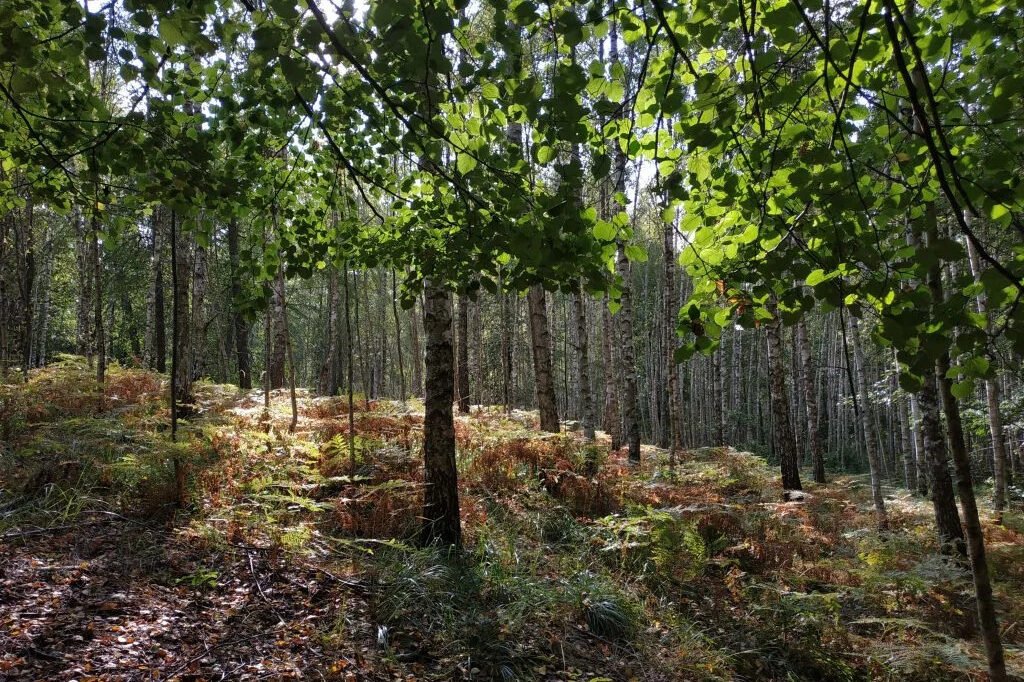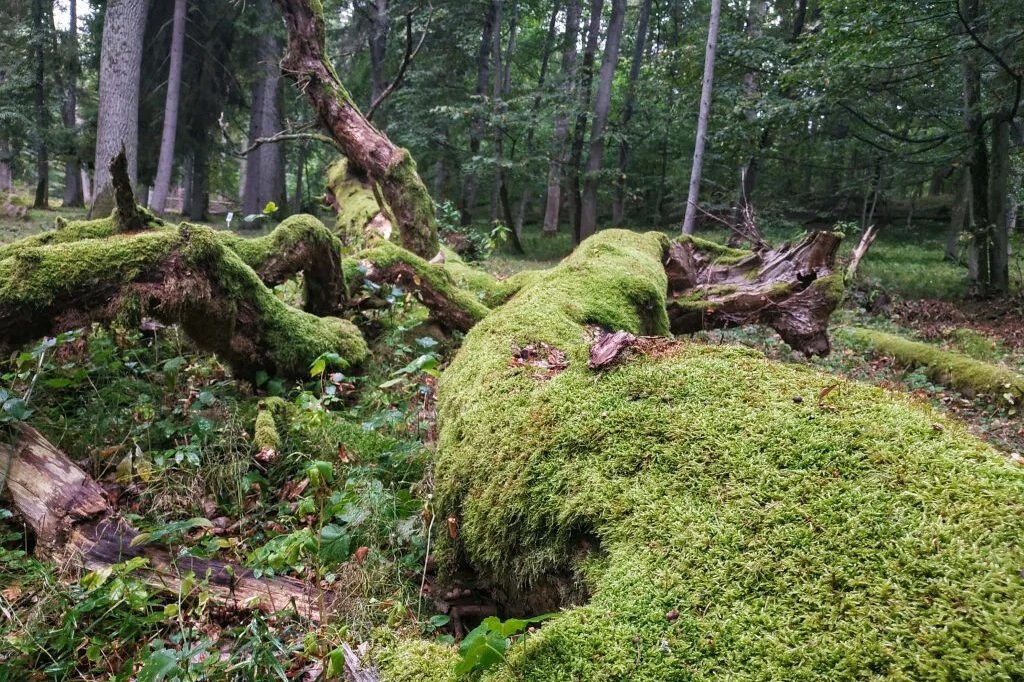
Photo: Birutė Valatkienė
As part of the LIFE integrated project “Optimization of NATURA 2000 network management in Lithuania”, the research conducted in the Punia heathland area is encouraging. More than 570 beetle species were discovered there, 28 of which were found in Lithuania for the first time.
“Punia heathland is undoubtedly the most valuable forest area in terms of biodiversity. For a long time, limited economic activity was carried out in it and only in recent years was it granted reserve status. In order to study the changes caused by the transition to a strict protection zone, monitoring of the stand, dead wood, spontaneous regeneration, damage caused by animals, birds, plants, lichens, fungi and beetles was started. The results of the latter are particularly interesting,” said Gediminas Brazaitis, professor at the Vytautas Magnus Academy of Agriculture and an environmental protection expert for the project.
He was supported by entomologist Dr. Vytautas Tamutis: “Although studies of the species composition of beetles in the Punia heath have been conducted for many years, they have never covered the entire territory and have mostly been fragmentary. After the start of consistent, targeted research and careful analysis of the research material, a much larger spectrum of species was discovered.”
Since the analysis of the research material is still ongoing, it is likely that the discovery of new beetle species for Lithuania is not the last good news from the Punia heath. It is expected that the results of the study will help to better understand the ecological state of the Punia heath and identify the Punia heath as an area important for biodiversity conservation.

Photo: Birutė Valatkienė

Dorcatoma substriata (on the left) and Denticollis borealis (on the right). Photo: Wikipedia.org
One of the most valuable forests in Lithuania
The Punia Forest, located in the bend of the Nemunas River, is a complex of stands of exceptional value, in which, due to limited economic activity, many natural components characteristic of primeval European forests have survived. Centuries-old oaks and pines still grow there, there are naturally formed thickets and clearings, forest wetlands and open sedges. It is often called a hotbed of biodiversity due to the large number of species and protected habitats found there, listed in the Lithuanian Red Book.
In the spring of 2022, the Government approved the decision to expand the territory of the Punia Forest 5 times and grant it the status of a nature reserve. This is the first nature reserve of this size in Lithuania, covering almost the entire forest massif. According to experts, this is one of the most valuable forests in Lithuania, so conditions should be created here for the formation of a single old-growth forest.
Views and opinions expressed are however those of the author(s) only and do not necessarily reflect those of the European Union or CINEA. Neither the European Union nor the granting authority can be held responsible for them.
